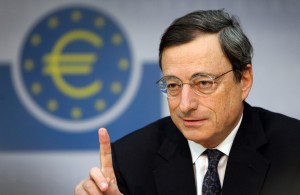The St. Anton tourist office recently confirmed a 3% rise in last winter’s visitors year on year and a 10% rise in summer visitors in 2017.
This double digit growth is down to the Austrian’s success at marketing themselves more effectively as a year-round destination, in turn attracting a more diverse visitor base (the Millennials in particular).
With all the ongoing infrastructure investment and demand from a more international customer base, there is room for upward price movement: 8.2% in St. Anton according to UBS.
At Kristall Spaces, we have been conservative in our Mountain Spa Residences St Anton rental projections and do not include any summer rental income in the average 3.6% return calculated.
We have just loaded new photos to our website from some of the unsold 2 and 3 double bedroom apartments.
Please see the link https://propertysaleaustria.co.uk/st-anton/st-anton-construction-news/
From these images, you can appreciate the 180 ͦ views from the apartments up and down the Rosanna valley: from the East and St Jakob, across the fields to the South and Rendl and finally to the West and the village.
The photos give a good sense of the position of Haus A and the unobstructed views over Haus B which is lower down the slope. The photo below is taken from the old Haus A looking South West over Haus B towards Rendl (click to enlarge).
We are on schedule for handover at the beginning of the ski season in December 2017 and there is some hope from the meteorologists’ predictions of a colder winter this year!
Time will tell.

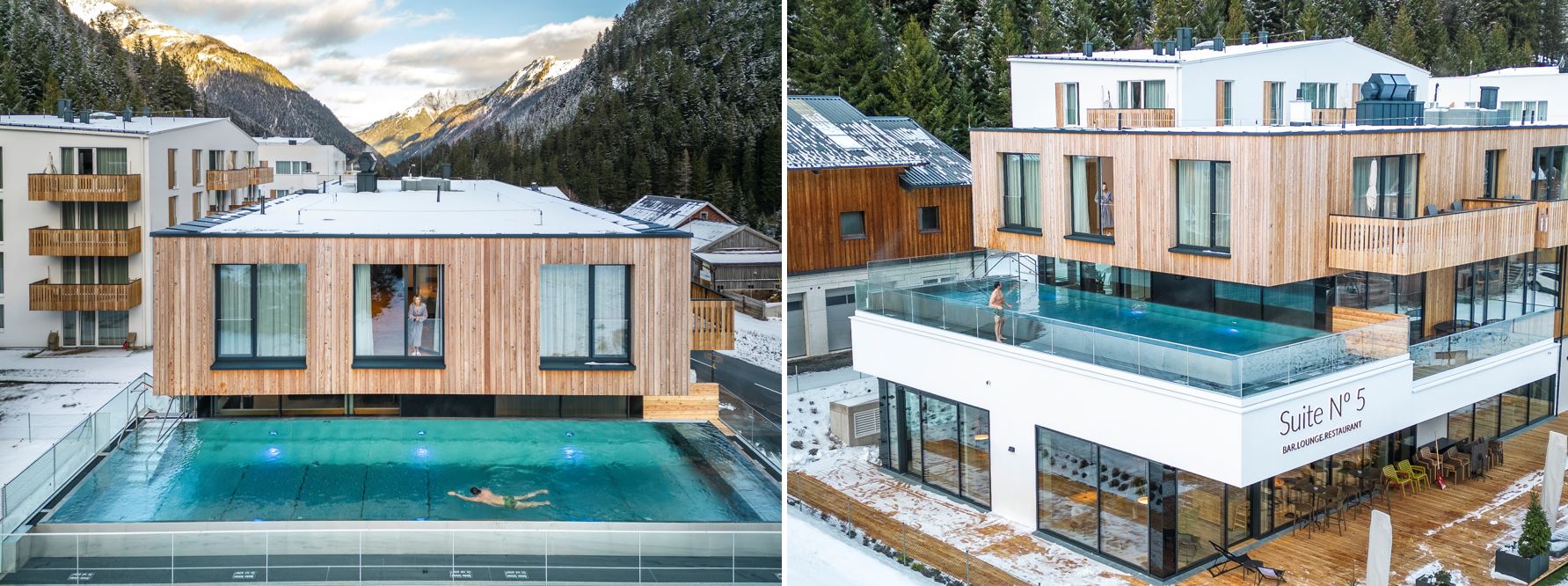
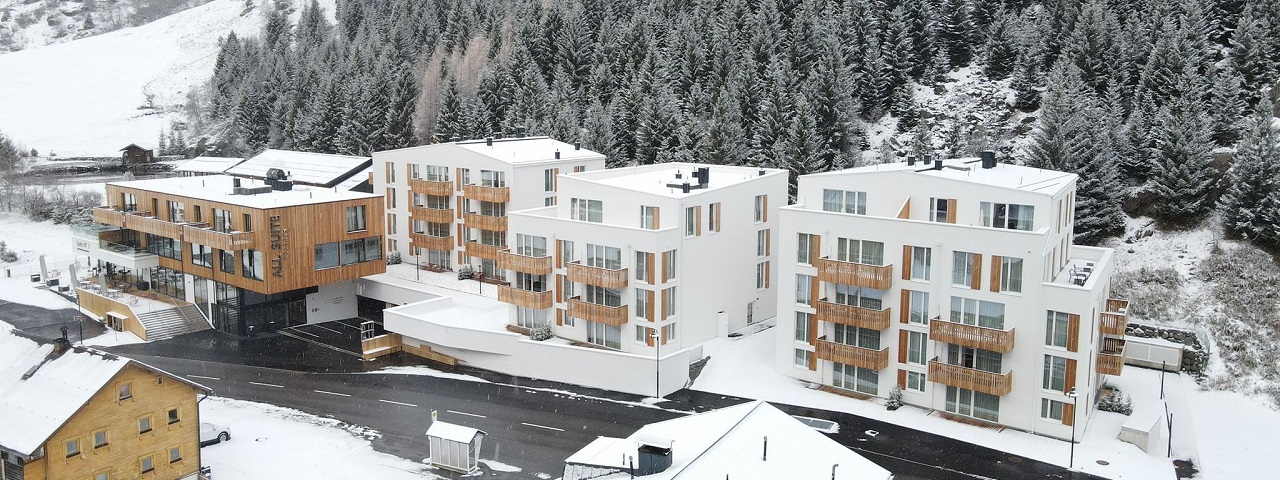
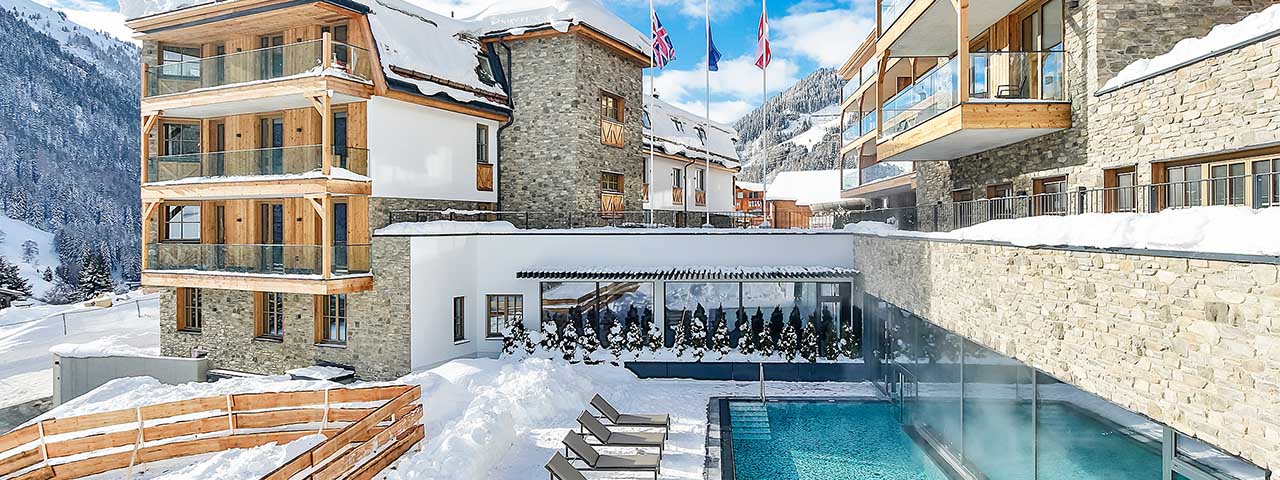
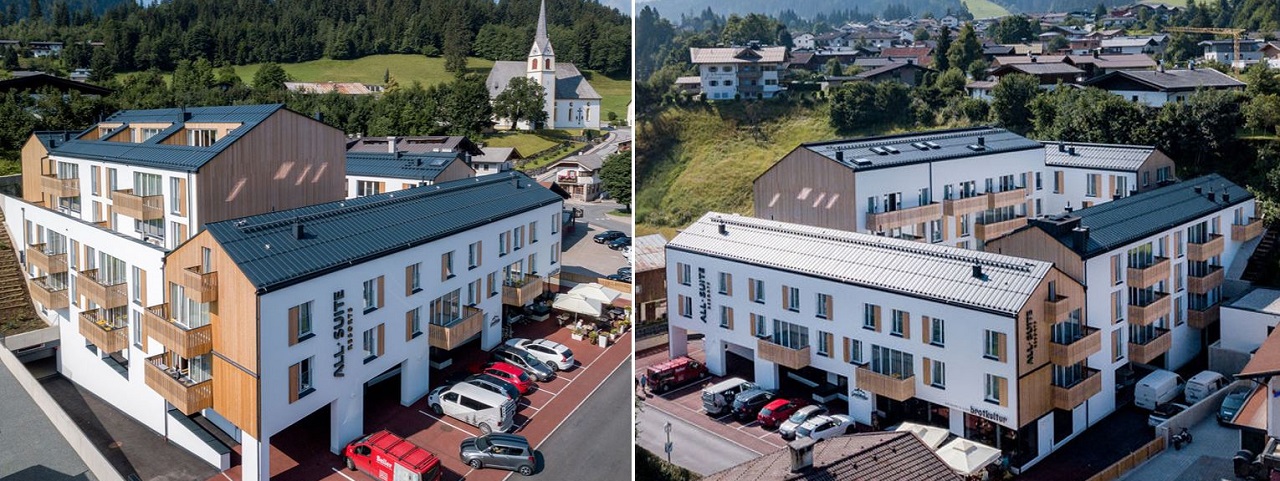
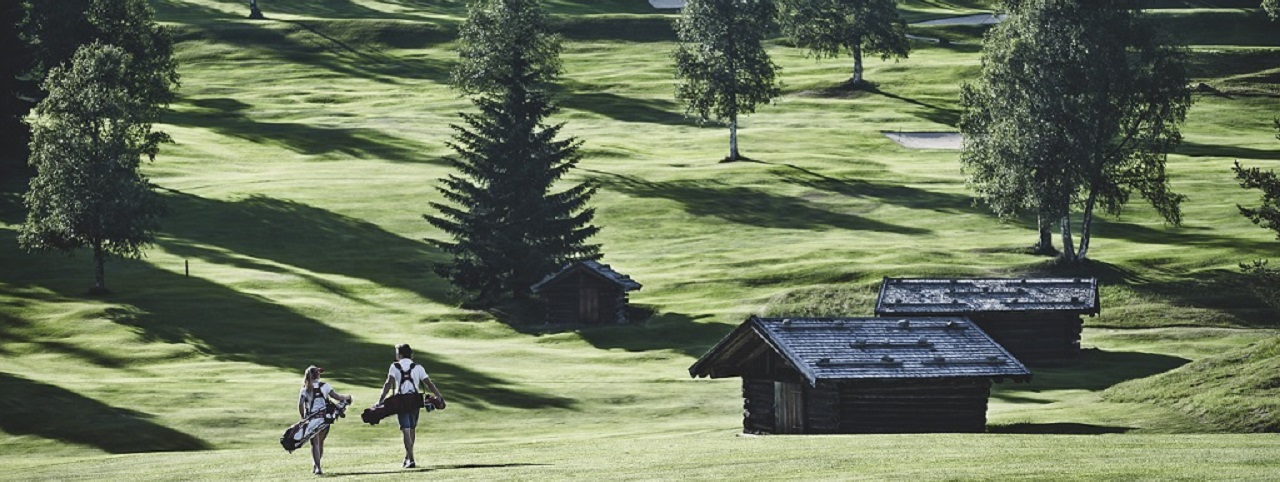
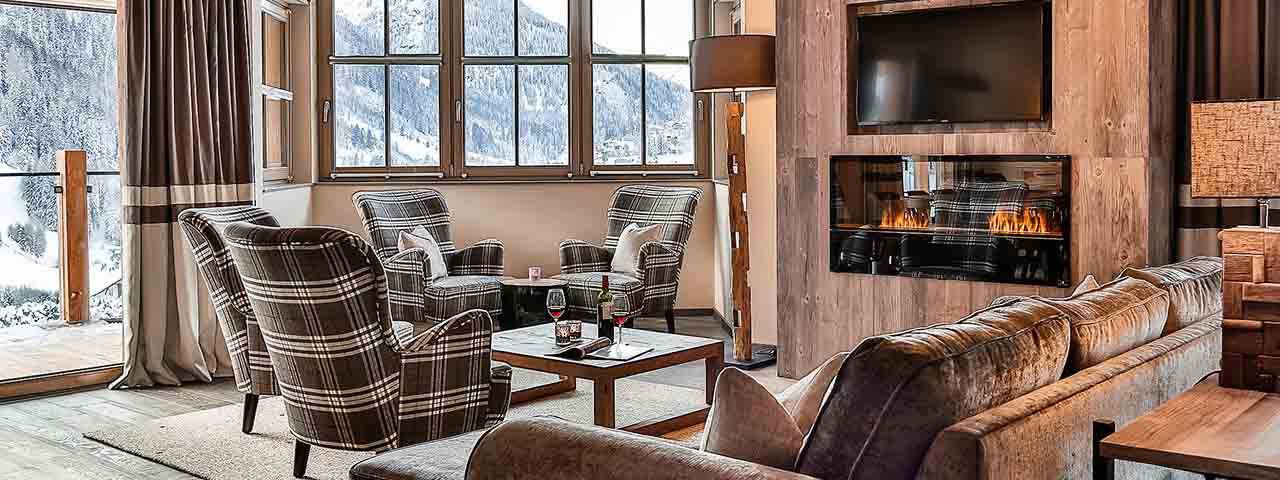
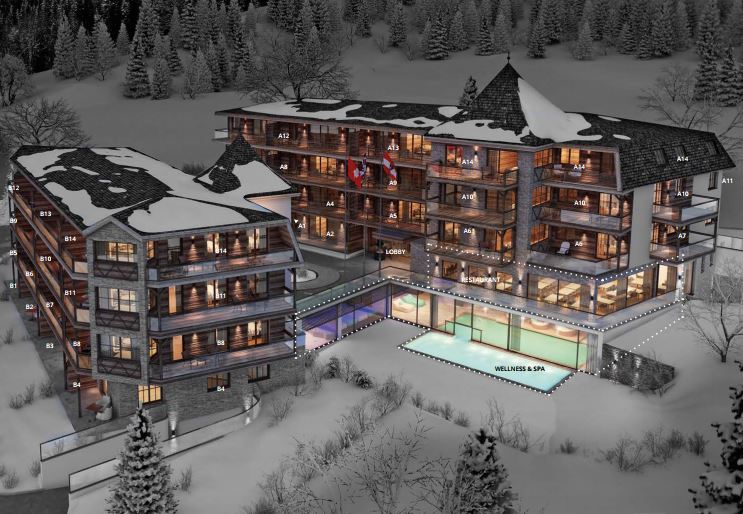
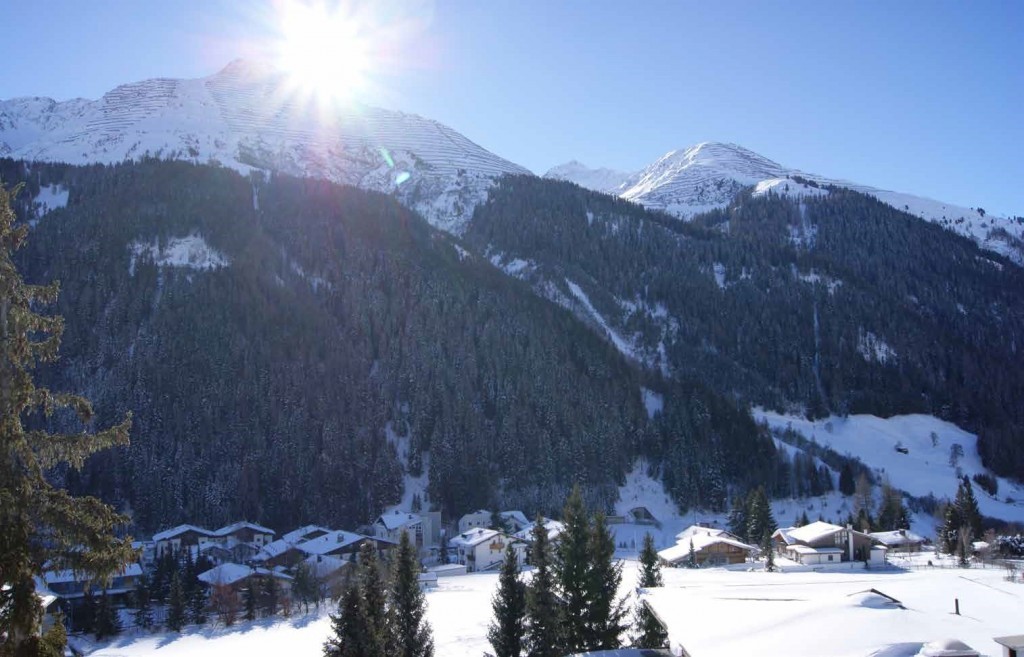
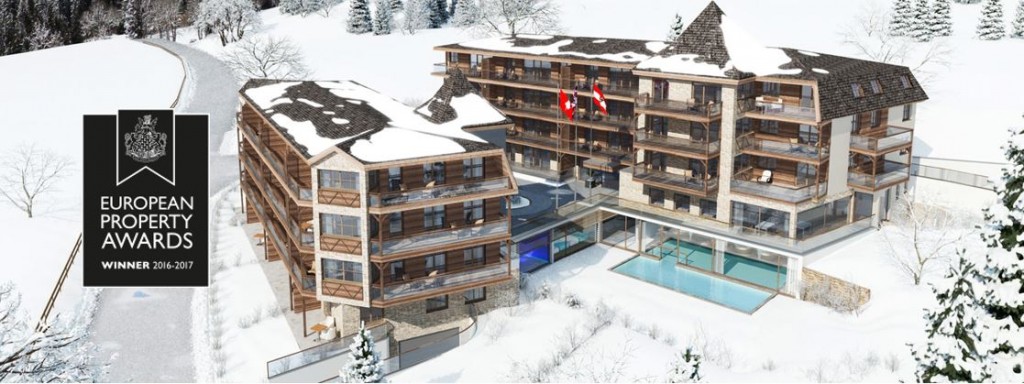
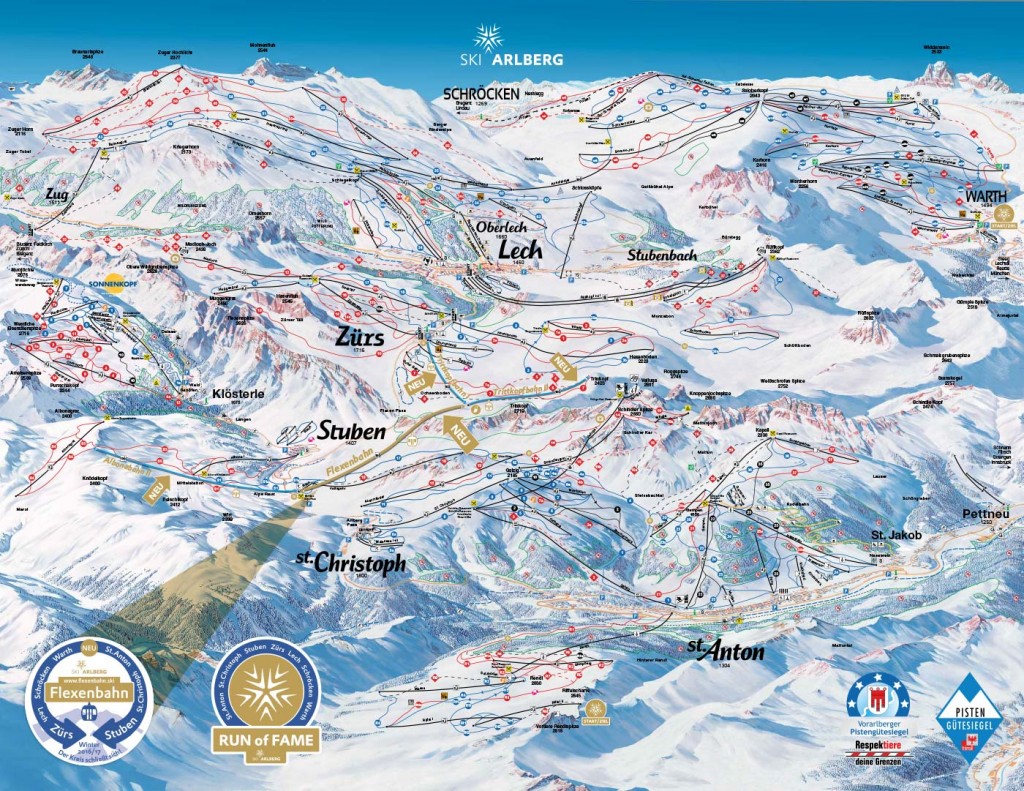

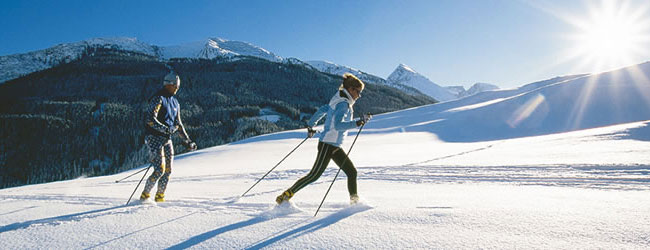
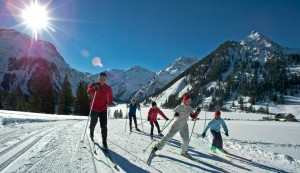
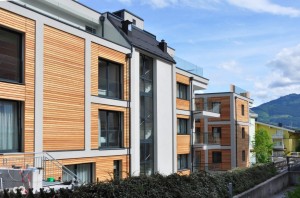
 The traditional target for
The traditional target for 